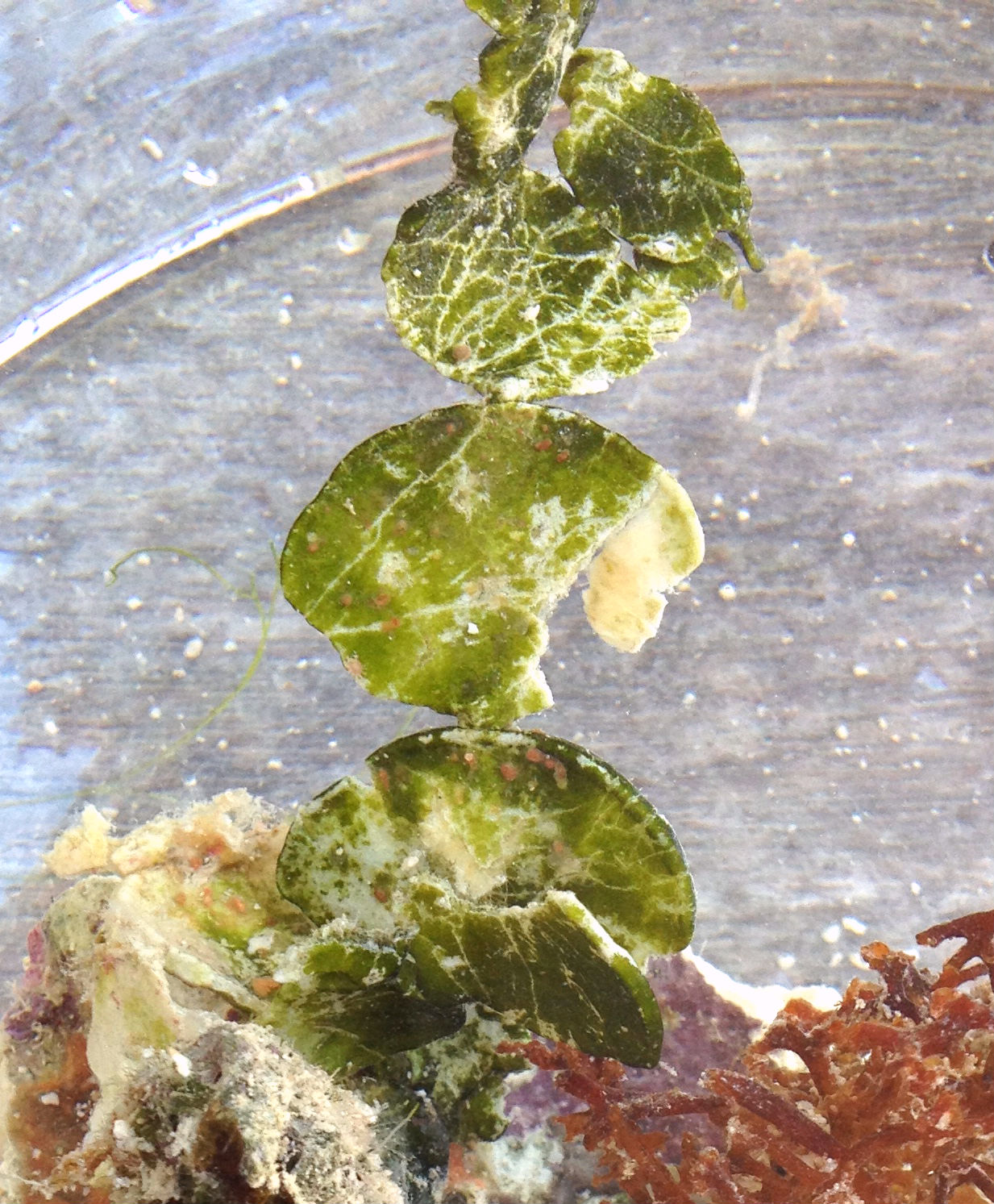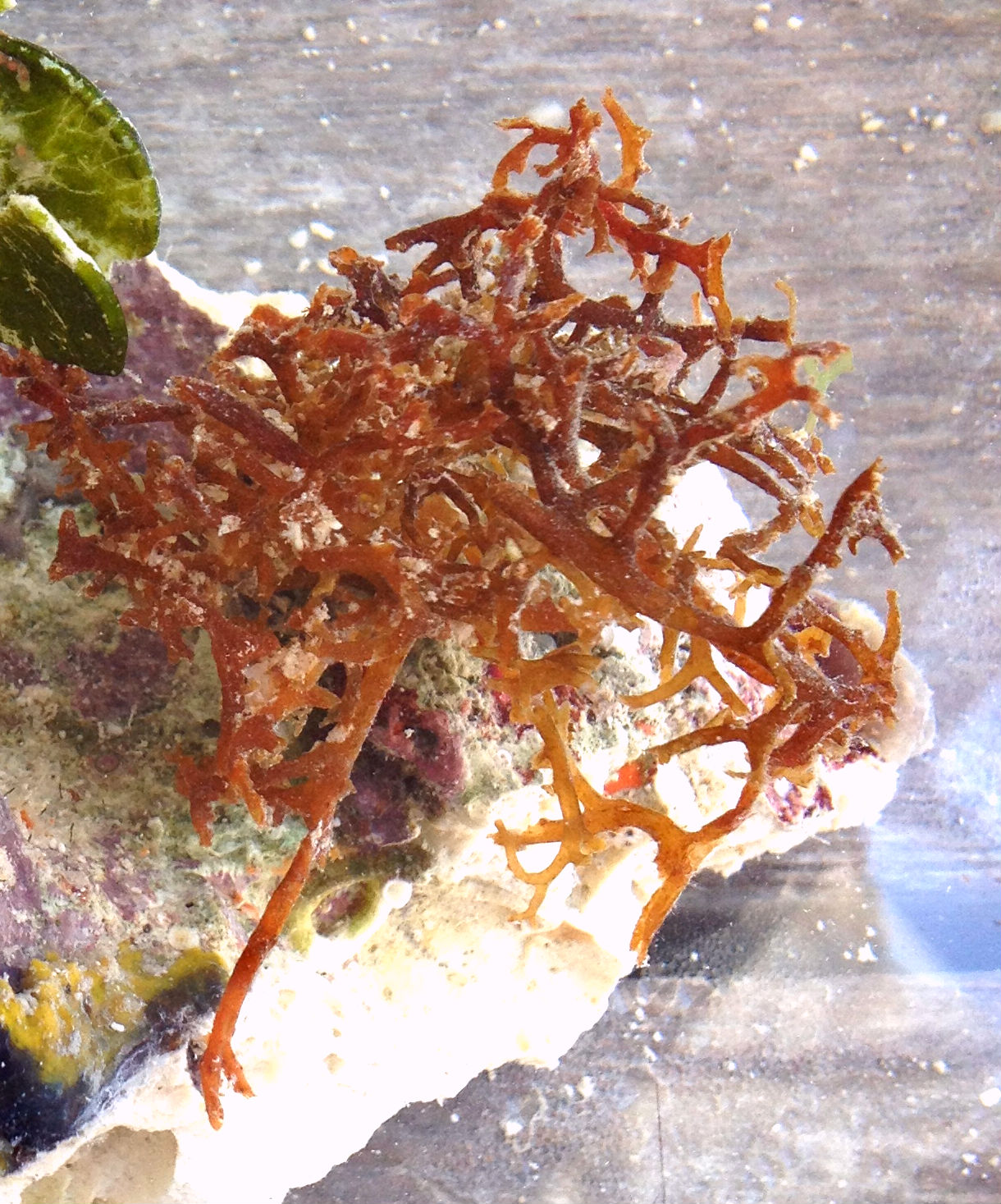
  
Turbo undulatus are herbivorous animals feeding on filamentous and fleshy algae, cyanobacteria and diatoms.(Sprung, 2001)
Their main food-collecting structure is the radula, unique to the molluscs. The radula is a tooth bearing ribbon borne on a muscular bulb, the odpntophore, which is manipulated by a complex array of muscles. This structure (the odontophore and muscles) is called the buccal mass (Beesley, 1998). The radula functions in scrapping and cutting algae from rocks(Brusca and Brusca , 2003). The radula is broad and bear numerous teeth (Morton, 1955). Scanning electron microscopy have shown tooth specialization and complexity. Carnivorous snails tend to have fewer teeth than herbivores. The radula compose of a base, shaft and cusp. The tooth base may interlock with the base of the tooth in front of it, thus pressure is be transmitted from the cutting edge of the tooth in one row to the basal plate of the tooth in front of it. The shaft of neighboring tooth may interlock as well to distribute and transfer stress ( Hickman 1980). Hickman (1980) divided the radula into three major fields, the food-preparation area, the food-gathering teeth and a central field of robust rachidian and lateral teeth, with two fields of finer marginal tooth on each side.
Digestion
Digestion is both extracellular and intracellular. The digestive gland is the largest organ in the gastropod body. This suggests a complex digestive process. The gland secretes enzymes, absorbs food material,store reserve materials and also functions in excretion. Indigestible material is converted into a yellow granule by the digestive gland and transported to the stomach by cilia (Beesley, 1998). |